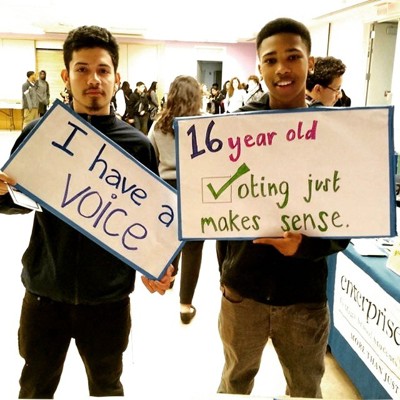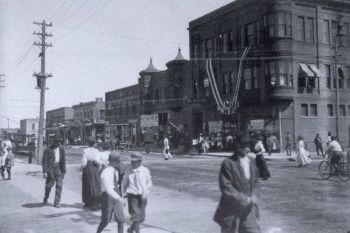I listened to more than 70,000 minutes of music on Spotify this year to bring you this list of my favorite albums of 2018. It truly was my pleasure.
10. Colter Wall – Songs of the Plains
I spent a lot of 2018 reading about Dakota Territory and the Old West. So when I came across Colter Wall’s “Songs of the Plains,” it was perfect timing. Wall is from Saskatchewan and takes a lot of inspiration from traditional country music (a genre for which I admittedly have a limited palate). That being the case, I was surprised to love this collection as much as I do. Part of it is due to Wall’s deep, rich voice. Bonus: It tells a Dakota Territory tale.
Check out: “Wild Bill Hickok,” “Saskatchewan in 1881”
9. Marlon Williams – Make Way for Love
This New Zealand native has a voice that’s reminiscent of Roy Orbison (which is why it was no surprise to see him singing an Orbison tribute in “A Star is Born”). He combines indie pop with classic pop rock and spins sometimes dark yarns. But it’s that voice that really shines. I first heard him during an All Songs Considered Tiny Desk Concert where he did a spellbinding version of “When I Was A Young Girl.” Simply incredible.
Check out: “Come to Me,” “What’s Chasing You”
8. Tracyanne & Danny
Tracyanne Campbell was for years the singular voice of orchestral pop band Camera Obscura. After the death of band member Carey Lander due to cancer in 2015, Camera Obscura went on hiatus. This album features an ode to Lander called “Alabama.” To hear Tracyanne’s voice again is to experience the return of an old friend and to feel your heart swell. And Danny Caughlan is a perfect foil. Their songs are sensitive, beautiful and have a way of putting you at ease. It’s a sound rich with nostalgia in a good way.
Check out: “It Can’t Be Love Unless It Hurts,” “Jacqueline”
7. Cursive – Vitriola
Omaha band Cursive returned in 2018 with their first album in six years, and it was inspired by the state of the country today. Lead singer Tim Kasher has a lot on his mind, and it’s becoming more prophetic by the day: “There’s no scruples, only money, money/Dollars or rubles, it’s all money, money/Money buys you clemency/In a clandestine economy, money, money/Bagged and price tagged, dangling off your feet.” Bringing a cello back into the mix of their heavy rock sound, Cursive create a huge, angry dystopian soundscape. I’ve dearly missed them. And this vital album is therapy for our times.
Check out: “Life Savings,” “Ouroboros”
6. Robyn — Honey
Since putting out her pop music monument “Body Talk” in 2010, Robyn has appeared on some great collaborations but has issued no solo music. Fans eagerly awaited the release of “Honey,” and it didn’t disappoint. After some major losses and life changes, Robyn took a more exploratory approach to her songs, and you can feel the breathing room in this album. Its pleasures are less direct. You need to live with many of these songs before they start having a dialogue with you — and when that happens, you will be talking and dancing — deep into the night.
Check out: “Honey,” “Because It’s in the Music”
5. Khruangbin – Con Todo El Mundo
You probably wouldn’t guess on your first try that this trio mixing R&B, classic soul and Eastern music is from Texas. Their sound is so smooth and cool, it’s like drinking scotch on a warm summer evening. All you have to do is open your ears and listen, and you’ll find yourself drifting through time and space.
Check out: “Como Me Quieres,” Maria También”
4. Erland Cooper – Solan Goose
I didn’t expect to fall in love with an instrumental album with each song inspired by a different bird but, alas, I did. Scottish multi-instrumentalist Erland Cooper weaves together music, nature and the human voice into an awe-inspiring tapestry.
Check out: “Solan Goose,” “Whitemaa”
3. Mitski – Be the Cowboy
This album was one that really opened up to me after seeing Mitski perform it live. During the tour, she set her guitar aside and did a mix of interpretive dance and yoga to convey the spirit of the songs — and it really added another dimension to them. After that, I heard this album in a different way, and it soaked into me. She takes on many characters in these songs, and the melodies are inescapable.
Check out: “Lonesome Love,” “Two Slow Dancers”
2. Tropical F*ck Storm – A Laughing Death in Meat Space
I initially read a review praising this album, and decided I had to give it a chance based solely on the catchy band name. I’m glad I did. The music definitely lives up to the name. This Australian outfit creates off-kilter rock music with the madman poetry-lyrics of front man Gareth Liddiard. Example: “Yeah hold your fire, man, don’t shoot/Here comes the umpa lumpa with the nukes/Riding his fly blown drone, like there ain’t no one home/With no particular cause except what’s here now is his/Comin’ like a T-rex with all the confederates.” Mind blowing.
Check out: “Soft Power,” “You Let My Tyres Down”
1. Suede – The Blue Hour
Suede are a household name in England known for a string of huge hits throughout the 90s. However, in the United States they never made much of a dent in the popular culture. They have crafted some of the most wonderful, cinematic pop music of the last three decades, and this album is perhaps their best yet. It peers into the darkness lurking in rural England and explores issues of abandonment and domestic strife for inspiration. It’s at times heavy, riff-driven guitar pop and at other times employs breathtaking strings to devastating effect. “Beyond the outskirts, come with us. We’ll jump out of the paint and into the fire …” It’s an album experience – and was by far my favorite of 2018.
Check out: “Wastelands,” “All the Wild Places”

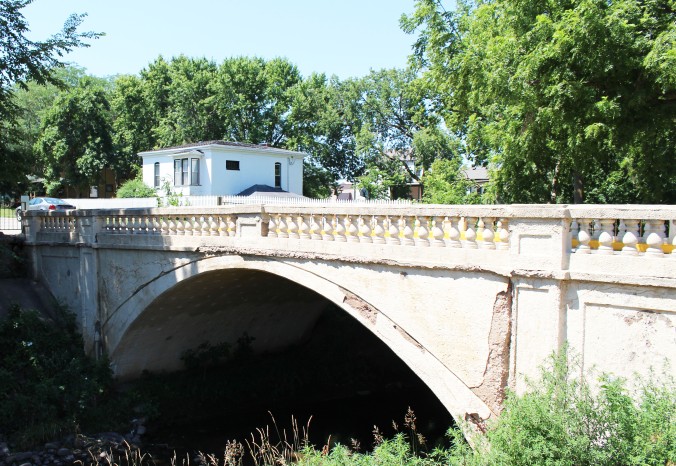

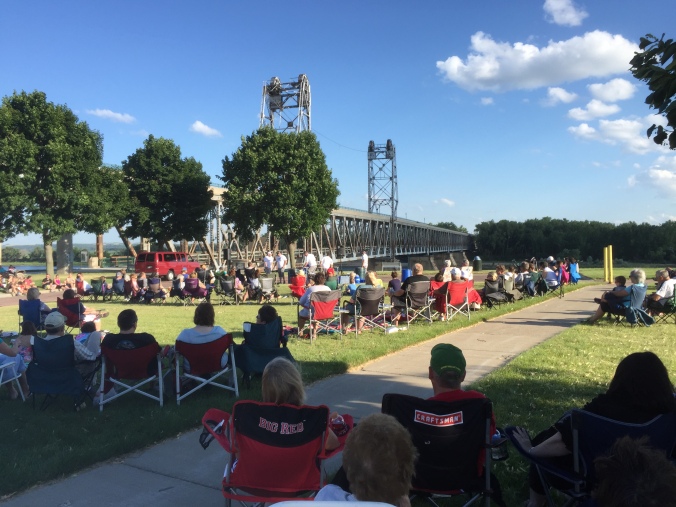









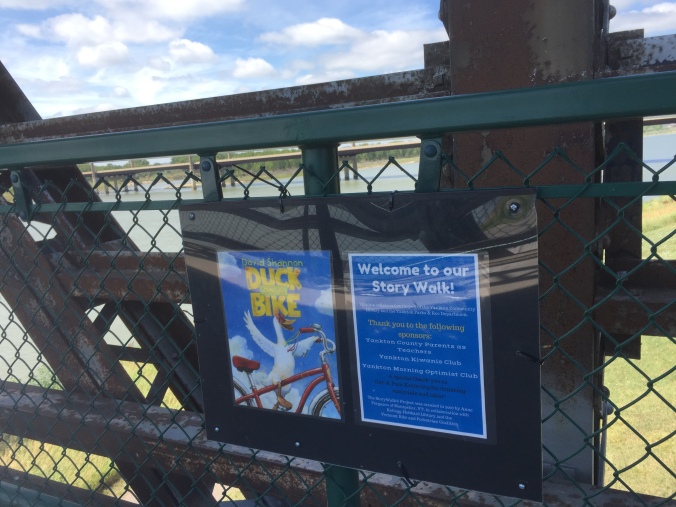

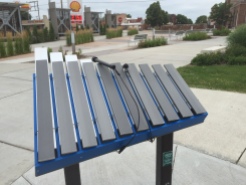





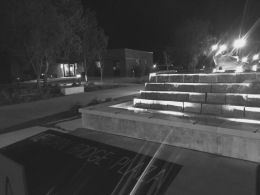



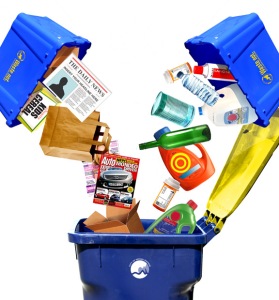 My intention is to vote in favor of proceeding.
My intention is to vote in favor of proceeding.
